Slippery kitchen tiles can pose a significant hazard in any household or commercial kitchen setting. Accidents due to slippery tiles often result in injuries, which may impact not only the individuals involved but also the reputation and financial stability of businesses. This article aims to address the issue of slippery kitchen tiles by providing useful tips and insights for preventing accidents and enhancing safety. 1. Choose the Right Flooring Material: Selecting the appropriate flooring material is crucial in reducing the risk of slippery kitchen tiles. Certain flooring options naturally offer greater resistance to slips and falls compared to others. For kitchens, it is recommended to consider materials such as porcelain, ceramic, or natural stone as they provide a textured surface, offering better traction. 2. Opt for Non-Slip Coatings: Applying a non-slip coating to your kitchen tiles can significantly enhance their traction. There are various non-slip coating products available in the market, specifically designed for tiles. These coatings create a layer that increases friction and reduces the chances of slipping. Regular maintenance and re-application of the coating ensure its effectiveness over time.
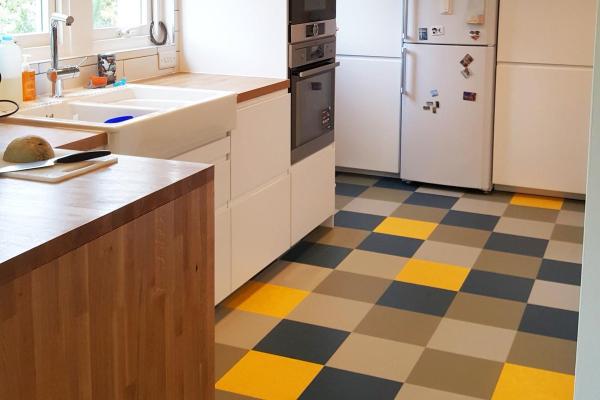
.
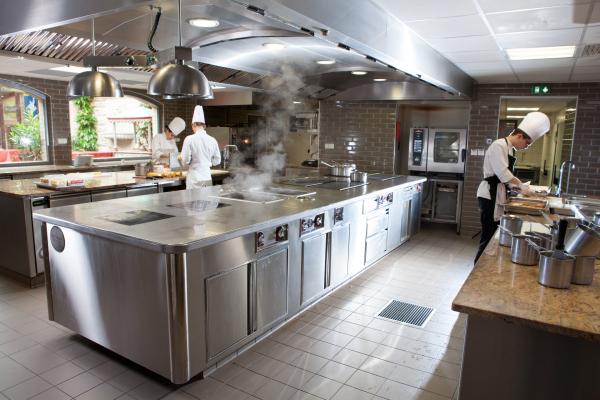 3. Regular Cleaning and Maintenance: Regular cleaning and maintenance of kitchen tiles are crucial for preserving their non-slip properties. Spills, grease, and food debris can accumulate on the surface, making it slippery. Ensure thorough cleaning of the tiles using appropriate cleaning products and methods. Avoid using oily or waxy substances as they may leave a residue that can make the tiles more slippery. 4. Adequate Lighting: Insufficient lighting can contribute to the visibility issues and lead to accidents on slippery kitchen tiles. Ensure adequate lighting fixtures are installed in the kitchen area, especially in high-traffic zones, such as near sinks, stoves, and food preparation areas. Well-lit areas will help individuals identify potential hazards promptly, reducing the risk of accidents.
3. Regular Cleaning and Maintenance: Regular cleaning and maintenance of kitchen tiles are crucial for preserving their non-slip properties. Spills, grease, and food debris can accumulate on the surface, making it slippery. Ensure thorough cleaning of the tiles using appropriate cleaning products and methods. Avoid using oily or waxy substances as they may leave a residue that can make the tiles more slippery. 4. Adequate Lighting: Insufficient lighting can contribute to the visibility issues and lead to accidents on slippery kitchen tiles. Ensure adequate lighting fixtures are installed in the kitchen area, especially in high-traffic zones, such as near sinks, stoves, and food preparation areas. Well-lit areas will help individuals identify potential hazards promptly, reducing the risk of accidents.
..
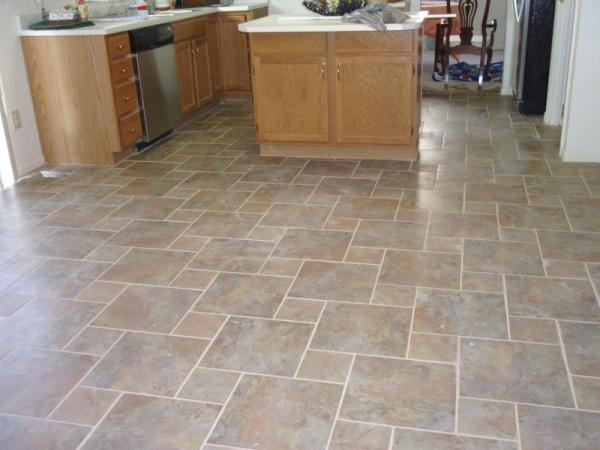 5. Use Anti-Slip Mats and Rugs: Placing anti-slip mats or rugs strategically in areas prone to wetness, such as near sinks or cooking stations, can be an effective measure in preventing slips and falls on kitchen tiles. These mats or rugs act as a barrier, absorbing excess moisture and providing added traction. Make sure they are securely placed and regularly cleaned to maintain their effectiveness. 6. Implement Good Housekeeping Practices: In addition to the physical measures mentioned above, implementing good housekeeping practices plays a vital role in reducing the risk of accidents. Encourage individuals in the kitchen to promptly clean up spills, sweep away debris, and maintain a clutter-free workspace.
5. Use Anti-Slip Mats and Rugs: Placing anti-slip mats or rugs strategically in areas prone to wetness, such as near sinks or cooking stations, can be an effective measure in preventing slips and falls on kitchen tiles. These mats or rugs act as a barrier, absorbing excess moisture and providing added traction. Make sure they are securely placed and regularly cleaned to maintain their effectiveness. 6. Implement Good Housekeeping Practices: In addition to the physical measures mentioned above, implementing good housekeeping practices plays a vital role in reducing the risk of accidents. Encourage individuals in the kitchen to promptly clean up spills, sweep away debris, and maintain a clutter-free workspace.
…
 Regular training and reminders regarding the importance of good housekeeping practices can contribute to a safer kitchen environment. Conclusion: Slippery kitchen tiles can be a potential hazard causing accidents and injuries. By following the tips mentioned in this article, one can effectively prevent and reduce the risk of such accidents. Prioritizing safety measures such as choosing the right flooring material, applying non-slip coatings, regular cleaning and maintenance, adequate lighting, using anti-slip mats, and implementing good housekeeping practices will not only enhance safety but also create a secure and comfortable kitchen environment for everyone.
Regular training and reminders regarding the importance of good housekeeping practices can contribute to a safer kitchen environment. Conclusion: Slippery kitchen tiles can be a potential hazard causing accidents and injuries. By following the tips mentioned in this article, one can effectively prevent and reduce the risk of such accidents. Prioritizing safety measures such as choosing the right flooring material, applying non-slip coatings, regular cleaning and maintenance, adequate lighting, using anti-slip mats, and implementing good housekeeping practices will not only enhance safety but also create a secure and comfortable kitchen environment for everyone.

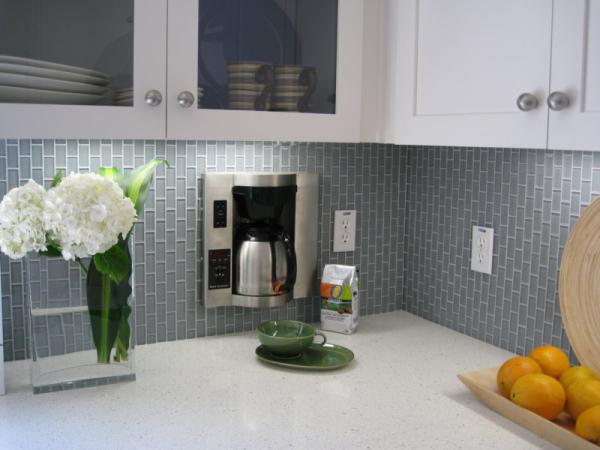
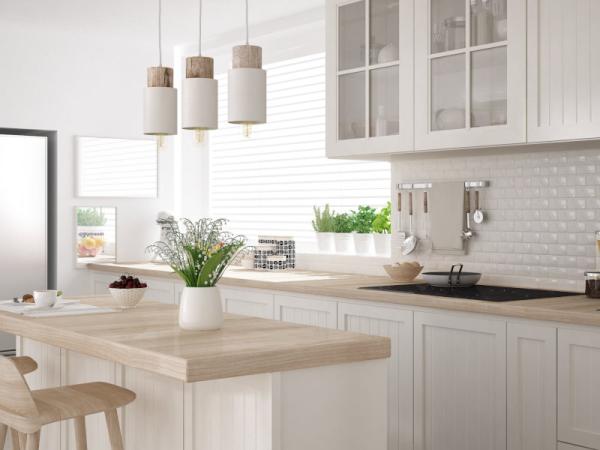
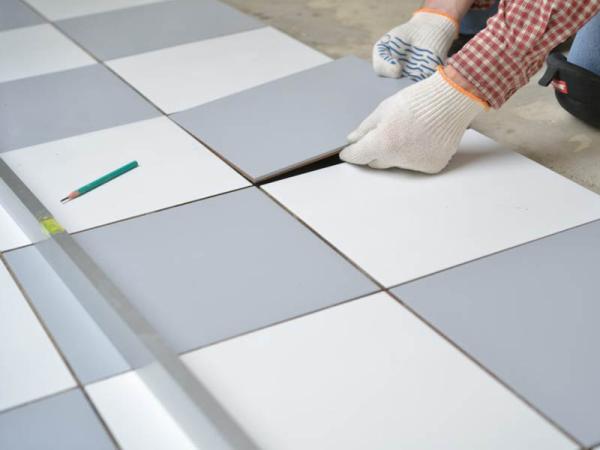


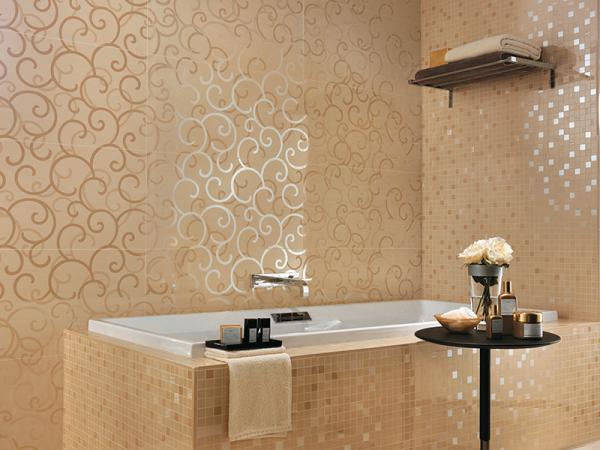
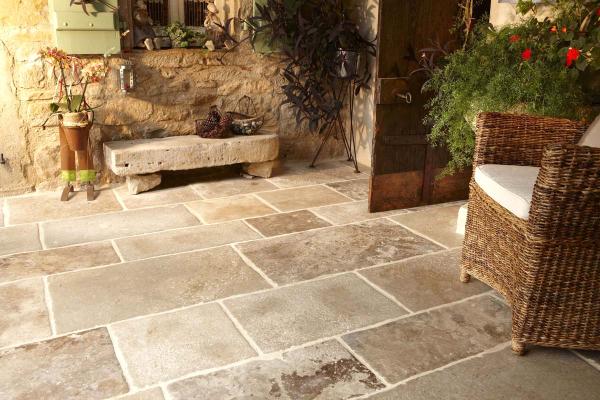

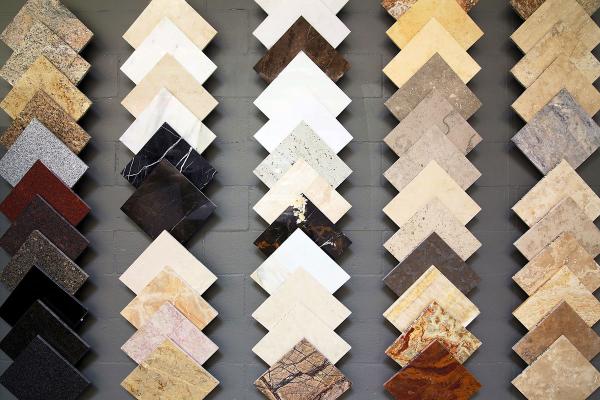
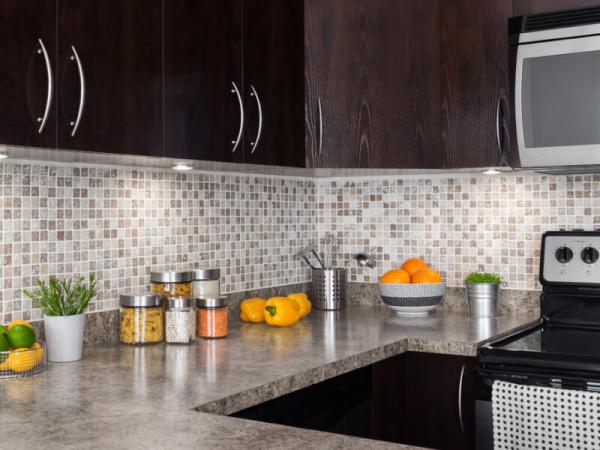
Your comment submitted.